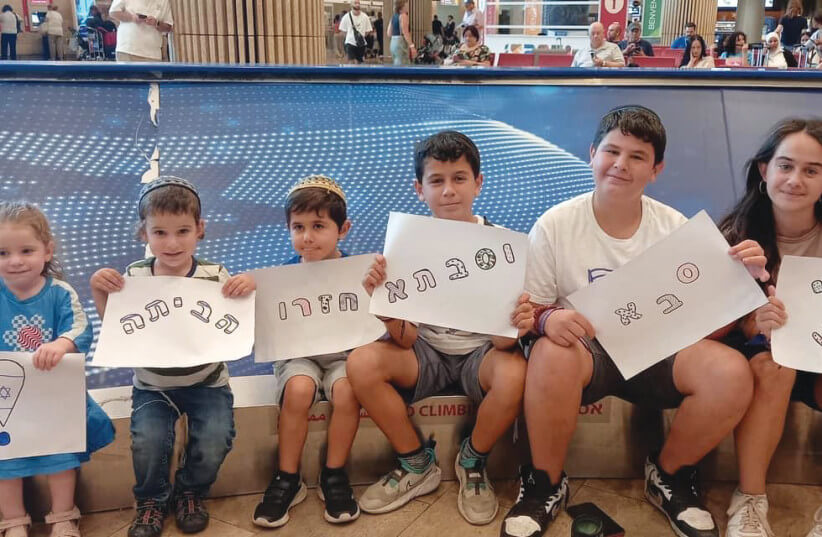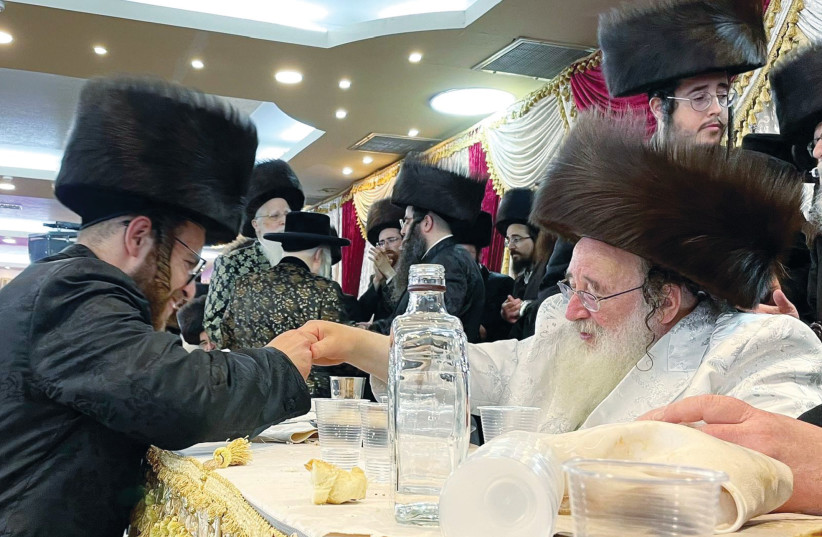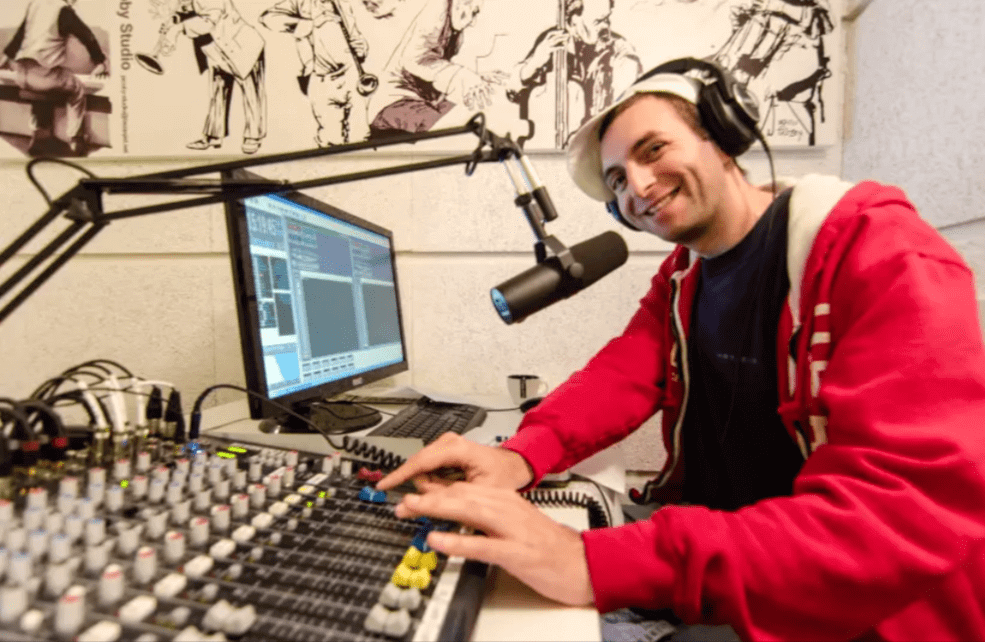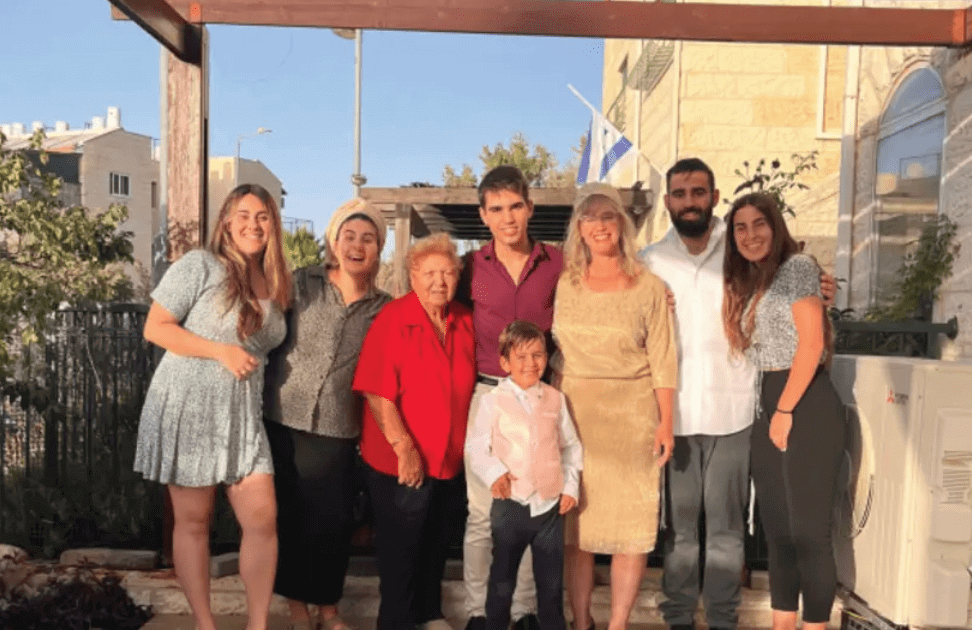Original Article is Published at JPost.com
Rebecca and Ken Milgrim moved to the Gaza Strip in the 1980s. Now, in 2023, they’re back in Israel, this time in Modi’in.
For Rebecca and Ken Milgram, the Gaza Strip has played an important part in their two aliyah stories. Soon after making aliyah in 1982, the Milgrams lived for four years in Moshav Katif. And now, two months after their return to Israel for good in August 2023, they are spending time babysitting grandchildren, as both a son and a son-in-law have been deployed by the IDF to the Gaza border.
The London-born Rebecca and Philadelphia-born Ken met on their 1979-80 post-high school Bnei Akiva hachsharah (training) program in Israel. “We were young and Zionistic,” reports Rebecca, who spent her year on Kibbutz Sde Eliyahu, while Ken was at Yavneh. The program included a three-month period in Jerusalem for all participants. “We just clicked!”
When the program ended, both returned home for college – Ken to the US, and Rebecca to England. The distance became insufferable in their year and a half apart. “There were no cellphones, and our once-a-week long-distance calls were expensive,” Ken notes. The two got engaged, joined a garin (a group of people who move to Israel together), got married in February 1982, and made aliyah one month later.
The Milgrams spent six months at an absorption center in Kiryat Yam (12 km. north of Haifa). Ken jokes, “They threw me out of ulpan after one week and sent me to work. My Hebrew wasn’t great, but I could read.” To which Rebecca quips, “Mine was better, and I was kicked out too!”
The Milgrams lived near Rebecca’s grandmother in Haifa and welcomed their first child, a daughter, Tamar (now 41). “It was great up there,” the Milgrams report, “but the goal was to live on kibbutz.”

WELCOMING REBECCA and Ken home. (credit: Courtesy Milgram family)
Ken and Rebecca spent a year and a half on Kibbutz Alumim, where Ken worked in the chicken coop, and Rebecca worked in the kitchen and in childcare. They note that the kibbutz “didn’t click” for them and for most of their garin, so they began exploring other options. They packed up their possessions, hired a truck driver, and relocated to Moshav Katif in what is now the Gaza Strip.
Ken recalls, “The Arab worker drove us in his truck and showed us his house in Gaza City. He told us to reach out if we needed anything.” Ken worked in the plant nursery, and Rebecca in the moshav office.
BOTH REPORT feeling safe on the moshav and in Gaza and recount regularly shopping in the town of Khan Yunis. “It was a very safe neighborhood to be in – for the most part. Then it got a little sketchy. In 1986, the army told us we needed to carry a gun to travel,” Ken adds.
The Milgrams observed the moshav to be in transition, from shared ownership to private. They again began considering their options. “We saw the writing on the wall,” notes Ken. “We didn’t have college degrees or any money and realized we’d have to reach out to our parents for help.”
The Milgrams relocated to the States, where they lived in Philadelphia and Sharon, Massachusetts, for an extended period of time. They had two more children (Jonathan, now 33; and Yardenna, now 30), completed college degrees at night, and worked – Ken as an accountant, and Rebecca in IT.
After 18 years in Philadelphia, the family relocated to the Boston suburb of Sharon for Rebecca’s job. Ken, who soon after found work as an accountant for such places as Camp Ramah in New England, was thrilled that their new city “checked all boxes,” including having an abundance of professional sports teams. “It was a good place for us.”
The Milgrams never lost sight of their dream and plan of returning to Israel. “It was always our end goal.” They note that it “got easier” as family members began moving to Israel. Their son studied on ulpan and became a lone soldier after high school; their daughter spent two years in National Service in Beit Shemesh; and their Israeli-born oldest son, who married a woman from England and spent time living there, returned to Israel in August 2022. Three months later, Ken’s mother, Arlene, made aliyah. “We realized there was nothing for us in Boston but cold weather!”
The Milgrams sold their house, packed up and shipped their possessions to Israel, and moved to Israel the day after Camp Ramah in New England let out for the summer. (Ken proudly posted photos on Facebook when their belongings finally arrived by truck at their new home in Modi’in.)
Somehow winding up living in Modi’in
THE MILGRAMS had never intended to settle in the Anglo-heavy city of Modi’in. Rebecca playfully and honestly notes, “We went for a Shabbat and hated it – it was way too Anglo!” They soon came to realize there were many wonderful things about Modi’in, including proximity to several grandchildren. The Milgrams are currently very happy residents of Modi’in, and all the grandchildren are “no more than 35 minutes away.”
They note that an important mantra that has helped them throughout the aliyah and adjustment process has been “Be all in!” They elaborate, “Don’t come with the idea that you can come for six months and see if it works. If you have one foot in, it won’t work. We sold our house and packed. That’s it. We are coming!”
They acknowledge the frustrations including Israeli bureaucracy and advise people to remember, “It is not the same as the States, it is the Israeli way – just get over it.” They also advise people to stop converting prices from shekels to dollars, as salaries are also different in Israel versus the States. “You just have to commit to it.”
The Milgrams point out that keeping American jobs (she continues to consult for her old company; he still works for Ramah—remotely during the year and in person during the summer), being close to family, and getting comfortable with Hebrew are all very helpful. But, they note, perhaps the most important thing is having a positive attitude. “Attitude is huge! You can’t allow it to get to you. Roll with the punches. There is plenty of good here.”
Forty years after their first attempt at aliyah, Ken admits, “Every so often, we go on Google Earth to see where our house was on the moshav [in Gaza]. Now it is just flat, concrete. It is a little hard. People don’t realize that Gaza City had a water park and hotels. It is not the picture people have in their heads.”
Rebecca offers, “We now live an hour and a half from the massacres.” Ken adds, “There is no place I’d rather be right now. It never once crossed our minds that we should leave.”■
The Milgrams Aliyah 1 From Philadelphia (Ken) and Finchley, London (Rebecca) to Kiryat Yam, 1982; Aliyah 2 From Sharon, Massachusetts, to Modi’in, 2023







